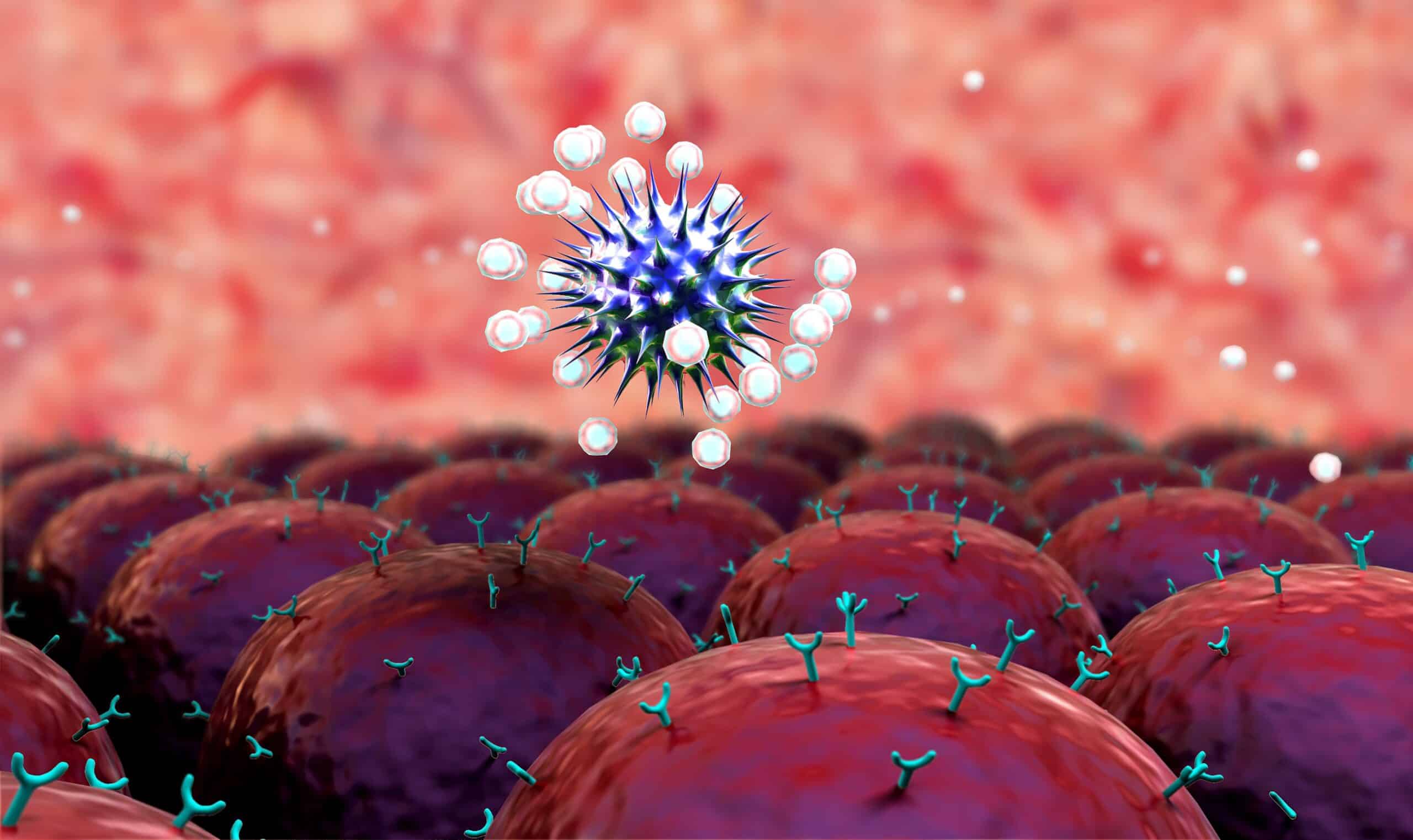The University of Wisconsin in Madison has included intravenous Vitamin C as part of its treatment guideline. It’s part of a combination therapy protocol developed in 2017 by Dr. Paul E. Marik at the Eastern Virginia Medical School in Norfolk. Dr. Marik gives critically ill patients inexpensive, readily available intravenous doses of hydrocortisone, ascorbic acid, and thiamine (“HAT” therapy) within 6 hours of entering an emergency room. In Dr. Marik’s study, published in 2017 in the journal “Chest” by the American College of Chest Physicians, his team reported that in the first 47 patients treated with HAT therapy the death rate was 8.5% compared to 40.4% in patients not treated with HAT. Further, in a recent study by Dr. Kory’s team involving a large series of patients suffering septic shock, including many with pneumonia, they found that early IV administration of these same vitamins and steroids was critical to survival. The risk of mortality increased with each 6 hours of delay.
When the Coronavirus pandemic hit China, Chinese doctors were quick to use intravenous Vitamin C. When their patients tested positive for COVID-19, the Chinese added 2 inexpensive, FDAapproved drugs hydroxychloroquine (anti-malarial) and zithromax (antibiotic) to the IV and gave patients oral doses of 2 supplements: melatonin and zinc. The combination likely worked given that their reported mortality rates are lower than reported elsewhere in the world The link to the Shanghai expert consensus on comprehensive care for COVID-19 patients is attached. The Chinese tried to do a clinical trial of IV Vitamin C, but Dr. Richard Z.Cheng, working with the investigators in Shanghai told Dr. Marik that it was very difficult to get patients to enter the trial. However, of the first 50 patients treated, no-one died!
When COVID-19 cases hit Virginia, Dr. Marik used his full HAT protocol (IV hydrocortisone, ascorbic acid, thiamine) on ARDS patients in the ICU, while also adding the drugs and supplements used by the Chinese. The results have been remarkable. He recently saved four COVID-19 patients, including an 86-year old man with heart disease who was admitted to the hospital on 100% oxygen, by using the protocol. (86-year old men with heart disease do not normally survive COVID-19!)
Dr. Joseph Varon at United General Hospital in Houston, Texas, is using the protocol and, to date, has saved 16 lives. He reports that they are getting off the ventilator in 48 hours instead of 10 – 21 days! That means far fewer hospital beds and ventilators needed — as well as fewer coffins.
The big question is: Why aren’t many more U.S. hospitals adopting this protocol? “The only reason I can give is that there is widespread, and often well-founded, bias amongst physicians against the use of vitamin therapy,” says Dr. Kory. He adds, “The persistence of this bias is inexplicable given that the evidence is in plain sight.” He points out that despite the publication of a major study of intravenous Vitamin C in ARDS (the syndrome that is killing patients with COVID-19), which reported dramatic reductions in mortality, days on the ventilator, and days in the ICU, only a minority of critical care doctors adopted the therapy as part of routine practice.
One hospital chain disallowed the use of steroids in the treatment of COVID-19. That’s because doctors are taught that steroids increase the growth of viruses and that steroids harm patients with influenza. Drs. Marik, Varon, and Kory all agree that, for this reason, steroids should not be given early to a patient with influenza or coronavirus. But Dr. Kory says evidence does not show harm of steroids in previous coronavirus epidemics such as SARS and MERS, especially when given late inthe disease. When the diagnosis is COVID-19, and especially when the inflammatory response begins to cause deterioration in breathing or the need for a ventilator, steroids should be added. Thesteroids are in the formula to fight the life-threatening inflammation. In fact, all of the formula’s ingredients are needed, together, to get maximum life-saving results.
New York Internist Dr. Keith Berkowitz adds that, “in this time of crisis, when ventilators are in limited supply, hospitals are overwhelmed with patients, and medical staff lack adequate protective gear and are putting their lives on the line, every hospital needs to try this safe, low-cost and highly effective treatment that leading specialists know saves lives in acute respiratory distress syndrome. This is not the time to wait months for a vaccine or years for more test results. The important thing now is to keep patients off ventilators and to save lives. Period.”




